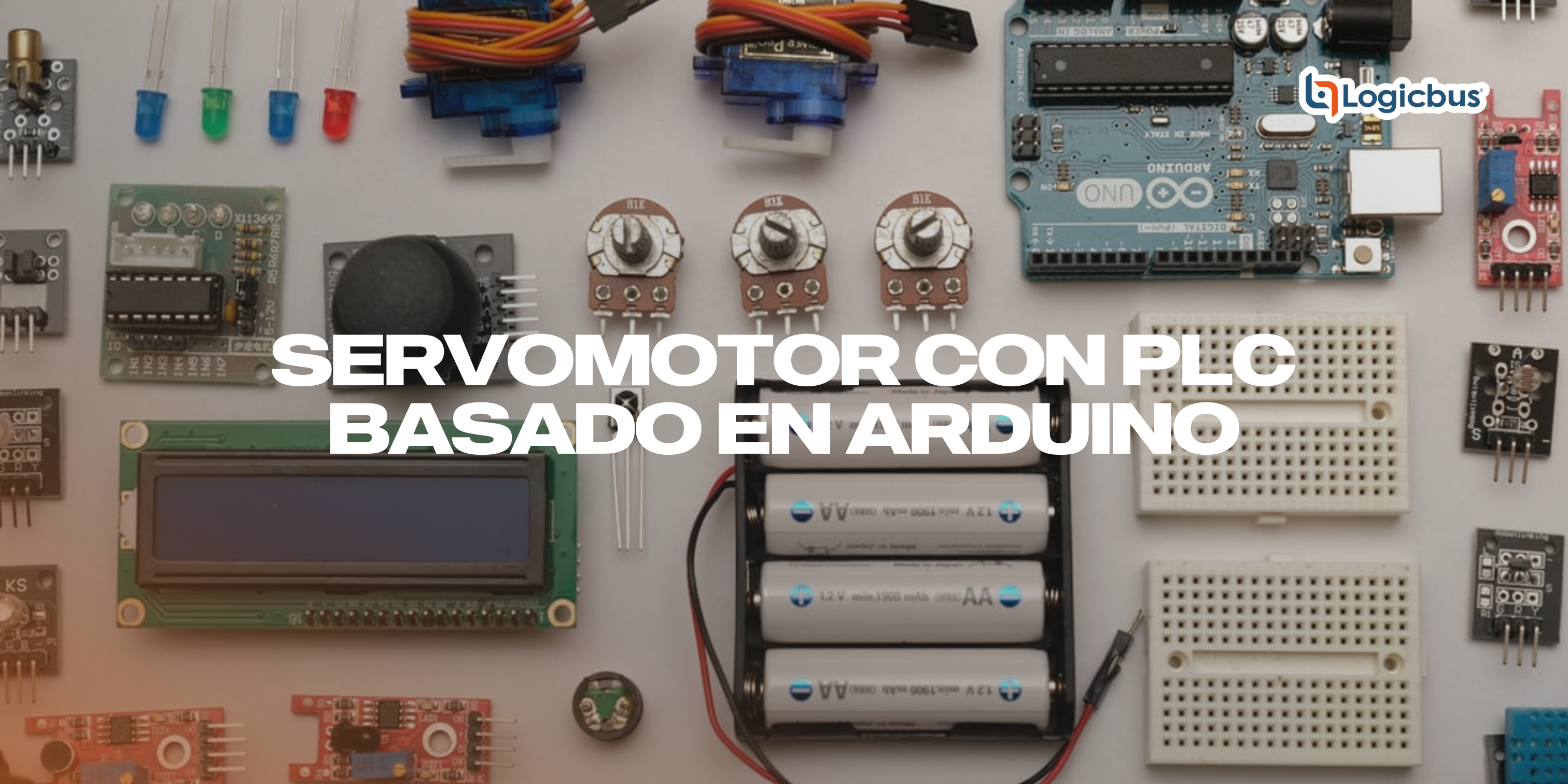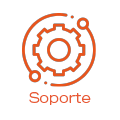Introducción
En este post controlaremos la velocidad de un servomotor 57HSE2N-D25. Para ello también necesitaremos un controlador, HSS57 Hybrid Servo Driver,para el servomotor que se conectará a nuestro PLC basado en Arduino para la automatización del control de velocidad. Para el software, se implementa una libreria pulses.h (el software sin usar la libreria pulses.h también está conectado).
Conexiones
Servo Motor – Driver connections:
Red -> A+
Green -> A-
Yellow -> B+
Blue -> B-
Ethernet PLC – Driver connections:
PIN 3 -> PUL – (pulses)
PIN2 -> DIR- (rotational direction)
PIN 50 (MISO) -> ENA- (enable)
GND -> PUL- , DIR – , ENA –
* Signals = 5Vdc

*Recuerde alimentar el PLC entre 12 y 24V.
*En este caso estamos utilizando señal de 5V, por lo que, no se necesitan resistencias entre PUL+,ENA+, DIR+ y PIN2, PIN3, PIN50.
*El controlador es M-Duino 21+
*Codificador en no utilizado en este post
Software
Con este codigo puedes controlar la velocidad del paso a paso, la dirección y el número de revoluciones.
Cambie PIN2 para controlar la dirección, cambie NUM_REVOLUTIONS para decidir cuántas revoluciones necesita y cambie FREQ para cambiar la frecuencia(velocidad de rotación).
A continuación se muestra el código:
/*
Copyright (c) 2018 Boot&Work Corp., S.L. All rights reserved
This program is free software: you can redistribute it and/or modify
it under the terms of the GNU Lesser General Public License as published by
the Free Software Foundation, either version 3 of the License, or
(at your option) any later version.
This program is distributed in the hope that it will be useful,
but WITHOUT ANY WARRANTY; without even the implied warranty of
MERCHANTABILITY or FITNESS FOR A PARTICULAR PURPOSE. See the
GNU Lesser General Public License for more details.
You should have received a copy of the GNU Lesser General Public License
along with this program. If not, see <http://www.gnu.org/licenses/>.
*/
#include <Pulses.h>
#define PIN_STEPPER_PUL 3
#define PIN_STEPPER_DIR 2
#define PIN_STEPPER_ENA 50
#define STEPPER_PULSES_PER_REV 1600UL
#define FREQ (2000UL) // Hz
#define NUM_REVOLUTIONS 10
#define STEPPER_STEPS ((NUM_REVOLUTIONS) * (STEPPER_PULSES_PER_REV))
volatile uint32_t stepsCnt = STEPPER_STEPS;
ISR(TIMER3_COMPA_vect) {
if (stepsCnt) {
–stepsCnt;
if (stepsCnt == 0UL) {
stopPulses(PIN_STEPPER_PUL);
}
}
}
////////////////////////////////////////////////////////////////////////////////////////////////////
void setup() {
pinMode(PIN_STEPPER_DIR, OUTPUT);
pinMode(PIN_STEPPER_PUL, OUTPUT);
pinMode(PIN_STEPPER_ENA, OUTPUT);
digitalWrite(PIN_STEPPER_DIR, HIGH);
digitalWrite(PIN_STEPPER_ENA, HIGH);
// It depends on the PIN_STEPPER_PUL
TIMSK3 |= 1 << OCIE3A;
startPulses(PIN_STEPPER_PUL, FREQ, 3);
}
////////////////////////////////////////////////////////////////////////////////////////////////////
void loop() {
}
Contáctanos
ventas@logicbus.com | soporte@logicbus.com | 55-5431-67-18 | Iniciar conversación







